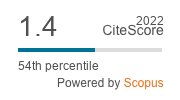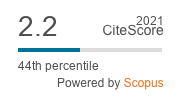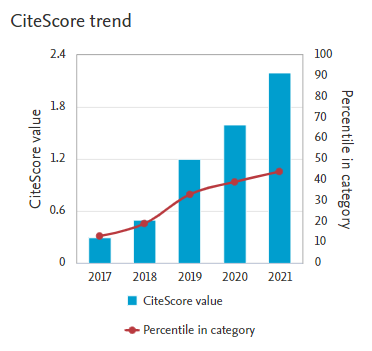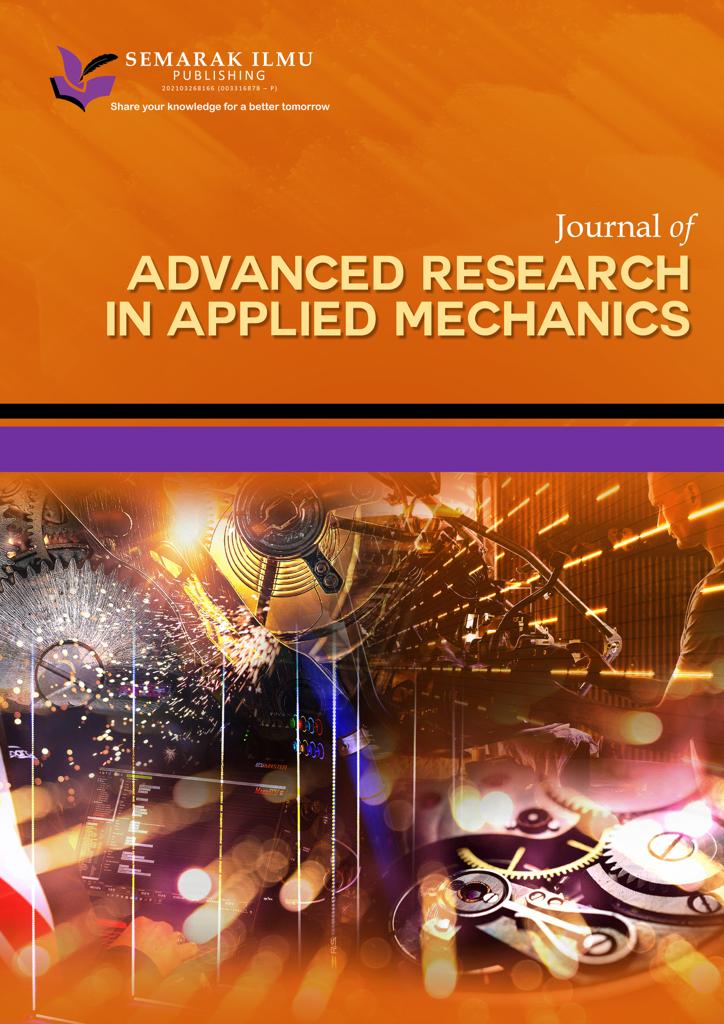Enhancing Vibration Response through Bluff Body and Splitter Plate Interaction in Fluid Flows
DOI:
https://doi.org/10.37934/arfmts.119.2.114122Keywords:
Flow-induced vibration, fluid dynamics, bluff body design, splitter plate, vibration responseAbstract
This paper explores the profound impact of bluff body design on the phenomenon of flow-induced vibration when integrated with an attached splitter plate. The main objective is to conduct an analysis of different bluff body designs equipped with splitter plates, with a specific focus on contrasting various designs of these plates. The overall goal is to identify the optimal bluff body design that maximizes vibration response. In order to accomplish this, an extensive experimental investigation is carried out in a wind tunnel environment. Three distinct bluff body shapes – cylindrical, rectangular, and elliptical were selected for the study. Vibration response measurements were performed using a triaxial accelerometer to ensure precise and reliable data collection. The findings reveal a clear correlation between bluff body geometry and subsequent vibration response. The cylindrical bluff body shows the highest vibration response of 25.7 m/s2, followed by the rectangular bluff body of 18.9 m/s2, while the elliptical variant records the lowest response at 15.8 m/s2. Furthermore, within the subset of cylindrical bluff body configurations, it is evident that splitter plate A induces in average a 60% higher vibrations response than that of splitter plate B. This observation emphasizes the significance of splitter plate dimensions and bluff body shape in the context of flow-induced vibrations. The study uncovers noteworthy insights, highlighting how the elliptical bluff body’s streamlined design helps to reduce vibration response. Conversely, the rectangular bluff body’ sharp corners and edges amplify vibrations. Importantly, splitter plate dimensions are identified as a critical determinant of vibration response, with wider plates resulting in smaller vibration magnitudes. In conclusion, this research advances our understanding of fluid dynamics by investigating the complex interaction between bluff body design and flow-induced vibration. Beyond its academic contribution, the study holds practical implications for engineering applications. By shedding light on the factors influencing vibration response, the research informs the optimization of bluff body designs for better performance and durability.
Downloads

























